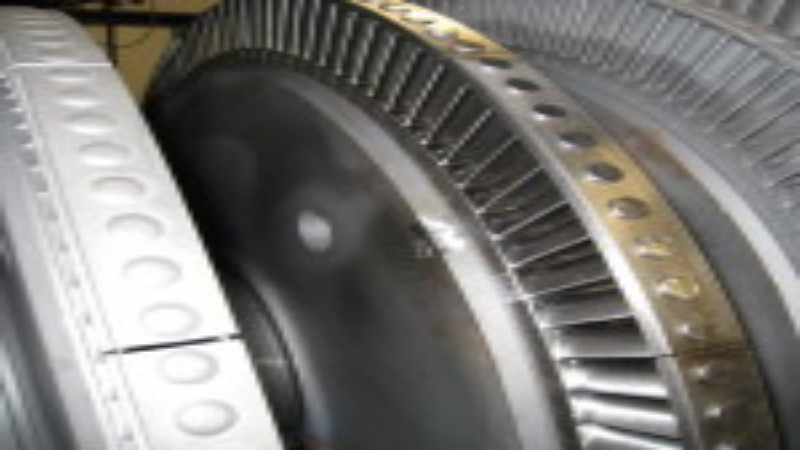In many types of facilities, steam turbines are required to keep plants operation. Like any other central component, any failure in a steam turbine is a significant concern for the business as it means loss of productivity and production as well as significant costs for repairs.
One of the ways most power plants proactively address the potential risk of a component failure in a turbine is to use a regular maintenance service. This allows for sophisticated testing of the components of the steam turbine, allowing the plant managers to understand the condition of all components and to make an informed decision as to when to plan for steam turbine repair services that often take several days.
Approaches to Consider
Most power production facilities use one or more options in scheduling repairs. These may be classified in different ways. The first is repairs due to failure, which is unscheduled and the result of a component issue that renders the turbine inoperable until the repair is completed. The second approach is to use the maintenance inspection to identify problematic components and replace or repair them as quickly as possible.
There may be other methods as well, including replacement of parts based on a schedule that is designed to mitigate the risk of failure after a specific period of operation. While this option for steam turbine repair does not allow for extending use past the life cycle data, it also dramatically decreases the risk of aging components failing.
Common Issues
Despite how complex a steam turbine is in operation, there are a limited number of common problems that can occur. The most common reasons to need steam turbine repair include shaft leaks, broken blades or failed bearings in the turbine.
Repairing these early based on either life cycle data or on inspection analysis not only allows for scheduling of repair time, but it also reduces the risk of collateral damage to other components in the system.



